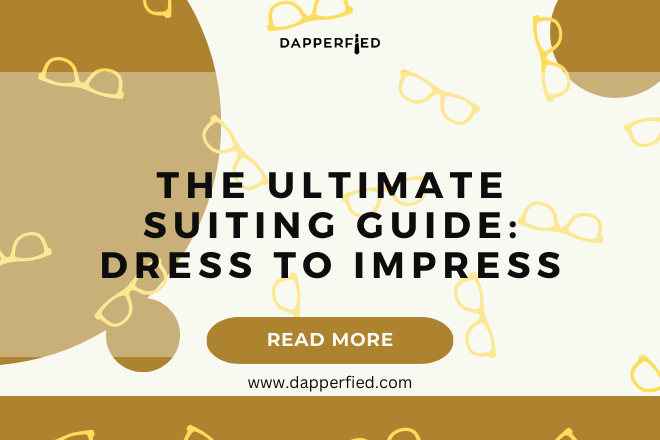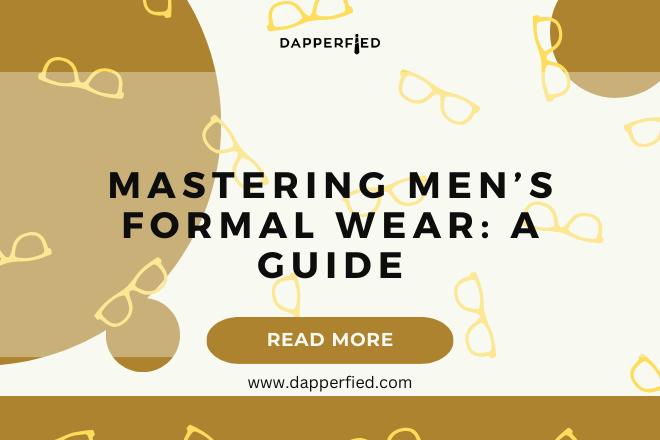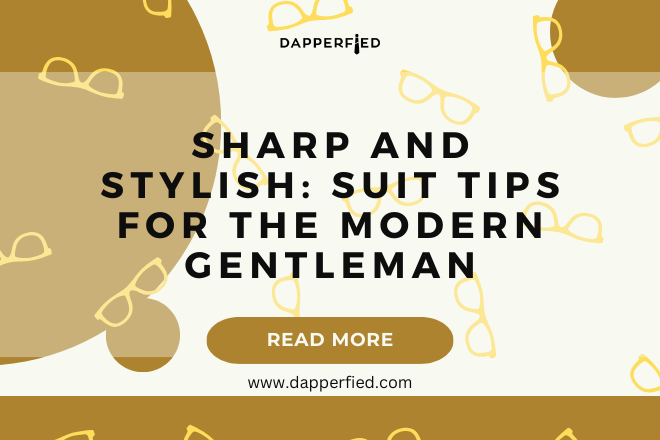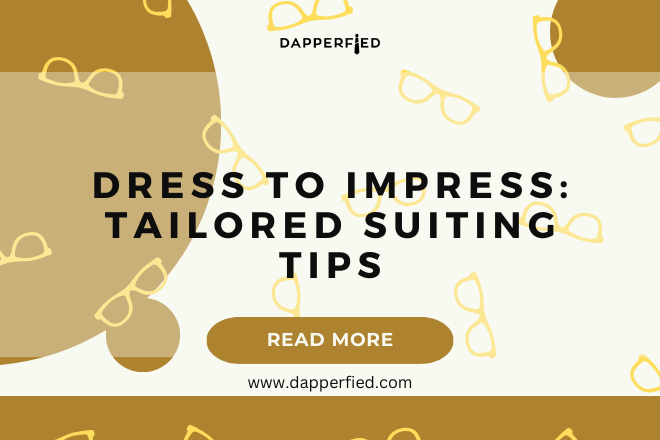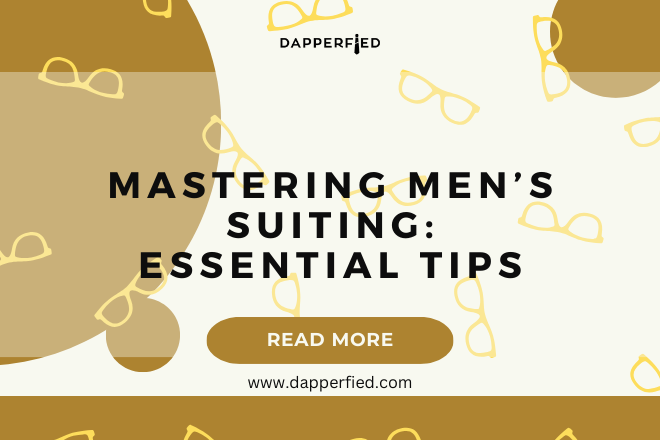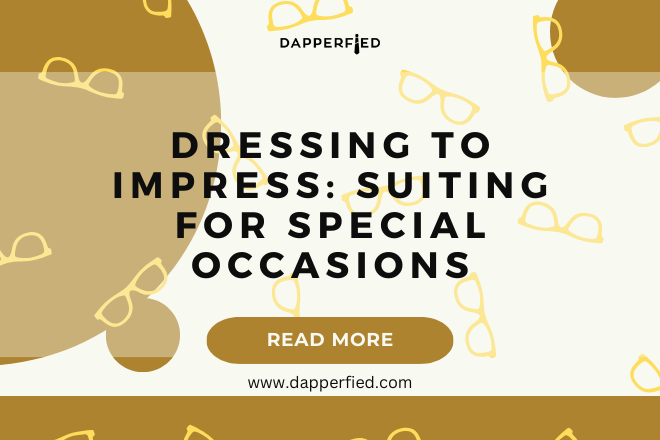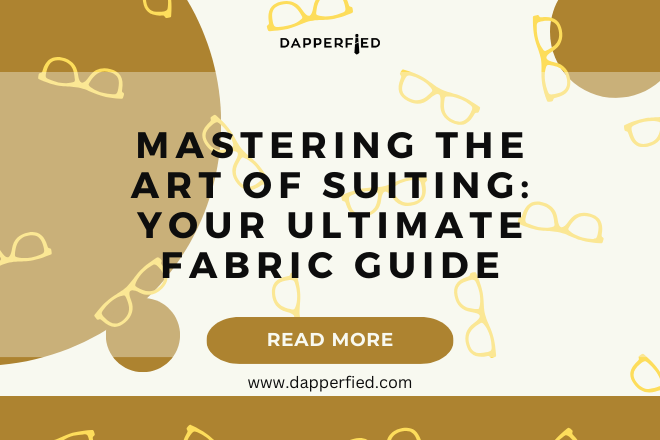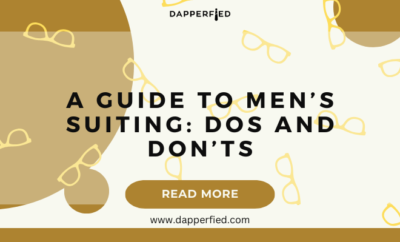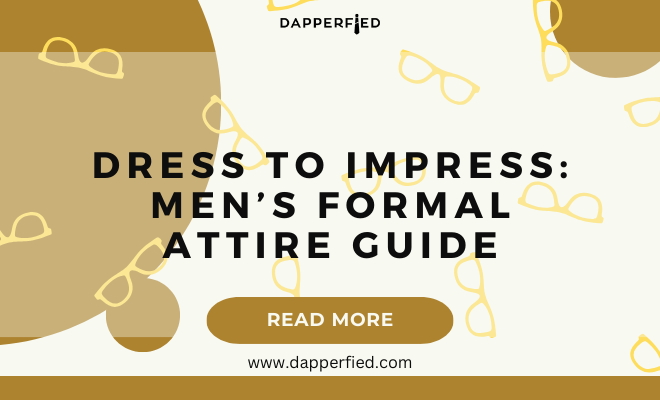
Men's Style
Dress to Impress: Men’s Formal Attire Guide
Dressing well for formal occasions is not just about following societal norms or adhering to dress codes. It is about presenting yourself in the best possible light and leaving a lasting impression. When you dress to impress, you exude confidence and show respect for the occasion and the people around you. Whether it’s a job interview, a wedding, or a gala event, your attire speaks volumes about your personality and professionalism.
When you dress well, you feel good about yourself, and that confidence shines through in your interactions with others. It can boost your self-esteem and make you feel more comfortable in social situations. Dressing to impress also shows that you take the event seriously and are willing to put in the effort to make a good impression. It demonstrates your attention to detail and your ability to adhere to social norms and expectations.
Key Takeaways
- Dressing to impress can make a big difference in how you are perceived in professional and social settings.
- When selecting a suit, consider your body type and choose a style that flatters your shape.
- Classic, modern, and trendy suit styles offer a range of options for different tastes and occasions.
- A tailored suit can provide the perfect fit, but it’s important to communicate your preferences to your tailor.
- When buying a suit, look for quality materials, construction, and details that suit your needs and budget.
Suit Selection Tips: How to Choose the Perfect Suit for Your Body Type
Finding the perfect suit starts with finding the right fit. A well-fitted suit can enhance your physique and make you look sharp and put-together. When choosing a suit, consider your body type and select a style that flatters your figure.
For those with a slim build, a slim-fit suit is an excellent choice. These suits have a more tailored silhouette that accentuates your frame without being too tight. Avoid boxy or oversized suits as they can make you appear smaller.
If you have a muscular build, opt for a suit with a broader shoulder and a slightly looser fit around the chest and waist. This will allow for more movement and prevent the suit from looking too tight or restrictive.
For those with a larger build, a classic fit suit is the way to go. These suits have a more relaxed fit that provides comfort without sacrificing style. Avoid slim-fit suits as they can be too tight around the waist and thighs.
When it comes to suit styles, there are several options to choose from. The most common styles include single-breasted suits, double-breasted suits, and three-piece suits. Single-breasted suits are the most versatile and can be worn for a variety of occasions. Double-breasted suits are more formal and have a more structured look. Three-piece suits add an extra layer of sophistication with a vest.
Men’s Suiting Styles: Classic, Modern, and Trendy Options
When it comes to suit styles, there are three main categories: classic, modern, and trendy. Classic suits are timeless and never go out of style. They have a more traditional silhouette with a single-breasted jacket and straight-leg pants. Classic suits are perfect for formal occasions such as weddings or business meetings.
Modern suits have a slimmer fit and a more tailored silhouette. They are designed to accentuate the body’s natural shape and provide a sleek and contemporary look. Modern suits are suitable for both formal and semi-formal events.
Trendy suits are all about making a fashion statement. They often feature bold patterns, unique colors, or unconventional cuts. Trendy suits are best suited for fashion-forward individuals who want to stand out from the crowd.
When choosing a suit style, consider your personal preference and the occasion you will be attending. Classic suits are always a safe choice, while modern and trendy options allow you to express your individuality.
Tailored Suit Guide: How to Get the Perfect Fit
| Measurement | Ideal Range | Acceptable Range |
|---|---|---|
| Chest | 36-40 inches | 34-42 inches |
| Waist | 30-34 inches | 28-36 inches |
| Hip | 36-40 inches | 34-42 inches |
| Shoulder | 17-19 inches | 16-20 inches |
| Sleeve Length | 32-34 inches | 30-36 inches |
| Pant Length | 30-32 inches | 28-34 inches |
| Thigh | 22-24 inches | 20-26 inches |
| Inseam | 30-32 inches | 28-34 inches |
While off-the-rack suits can be convenient, getting a suit tailored is the key to achieving the perfect fit. A tailored suit is custom-made to your measurements, ensuring that it fits you like a glove.
One of the main benefits of getting a suit tailored is that it allows you to highlight your best features and minimize any areas of concern. A skilled tailor can make adjustments to the jacket’s shoulders, waist, and sleeves to create a more flattering silhouette. They can also alter the pants’ length and waist to ensure a proper fit.
When looking for a good tailor, ask for recommendations from friends or family members who have had suits tailored before. Look for someone with experience and expertise in men’s tailoring. It’s also important to communicate your preferences and expectations clearly to the tailor to ensure that they understand your vision.
In addition to the jacket and pants, there are other aspects of a suit that can be tailored. These include the collar, cuffs, and buttons. A tailor can make adjustments to these details to create a more personalized and polished look.

Suit Buying Tips: What to Look for When Purchasing a Suit
When buying a suit, there are several factors to consider. The first is the fabric. Opt for high-quality fabrics such as wool or wool blends, as they drape well and are more durable. Avoid synthetic materials as they tend to wrinkle easily and may not breathe as well.
The color of the suit is another important consideration. Classic colors such as navy, charcoal gray, and black are versatile and can be worn for a variety of occasions. If you want to add some personality to your suit, consider opting for a subtle pattern or texture.
The style of the suit should also be taken into account. As mentioned earlier, there are different styles to choose from, including single-breasted, double-breasted, and three-piece suits. Consider your body type and personal preference when selecting a style.
When trying on a suit, pay attention to the fit. The jacket should sit comfortably on your shoulders without any pulling or bunching. The sleeves should end at your wrist bone, allowing about half an inch of shirt cuff to show. The pants should sit at your natural waistline and break slightly on top of your shoes.
It’s important to try on the suit before purchasing to ensure that it fits properly and flatters your figure. Don’t be afraid to ask for assistance from a salesperson or tailor to help you find the right fit.
Men’s Formal Wear: Beyond the Suit

While the suit is the centerpiece of men’s formal wear, there are other elements to consider when putting together a formal outfit. These include dress shirts, pants, and jackets.
When choosing a dress shirt, opt for a classic white or light blue color. These colors are versatile and can be paired with any suit. Pay attention to the collar style and choose one that complements your face shape. A spread collar is a safe choice that works well with most face shapes.
For pants, stick to classic styles such as flat-front or pleated trousers. Avoid pants with excessive details or embellishments as they can detract from the overall look. The pants should fit well and sit comfortably at your natural waistline.
In addition to the suit jacket, consider adding a blazer or sport coat to your formal attire collection. Blazers are less formal than suit jackets and can be worn with dress pants or even jeans for a more casual look. They are a versatile piece that can be dressed up or down depending on the occasion.

Accessorizing Your Formal Attire: Shoes, Ties, and Pocket Squares
Accessorizing your formal attire is an important step in completing your look. The right accessories can elevate your outfit and add a touch of personality.
When it comes to shoes, opt for classic styles such as oxfords or loafers in black or brown leather. These colors are versatile and can be paired with any suit color. Pay attention to the quality of the shoes and invest in a good pair that will last for years.
Ties are another essential accessory for formal occasions. Choose a tie that complements the color of your suit and shirt. Solid-colored ties are always a safe choice, but you can also experiment with patterns or textures for a more unique look. Make sure the tie is properly tied and sits at the right length.
Pocket squares are a small accessory that can make a big impact. They add a pop of color and sophistication to your suit jacket. When choosing a pocket square, consider the color and pattern of your suit and tie. Opt for a pocket square that complements these elements without overpowering them.
When coordinating accessories with your suit, aim for a cohesive look. The colors and patterns should complement each other without clashing. Avoid wearing too many accessories at once, as it can create a cluttered and overwhelming look.
Dress Code Decoded: Understanding Formal Attire Requirements
Understanding dress codes is essential when dressing for formal occasions. Different events may have specific dress codes that dictate what is appropriate to wear.
Black tie is one of the most common dress codes for formal events. It typically requires a black tuxedo, a white dress shirt, a black bow tie, and black patent leather shoes. A cummerbund or waistcoat is optional but adds an extra touch of elegance.
White tie is the most formal dress code and is typically reserved for very special occasions such as state dinners or royal events. It requires a black tailcoat, a white wing-collar shirt, a white bow tie, black patent leather shoes, and white gloves.
Semi-formal dress codes are less strict and allow for more flexibility in attire. For men, a dark suit with a dress shirt and tie is usually appropriate. The suit can be either single-breasted or double-breasted, depending on personal preference.
When in doubt about the dress code, it’s always better to be slightly overdressed than underdressed. It shows respect for the occasion and the hosts.
Dressing for Specific Occasions: Weddings, Galas, and More
Different occasions call for different attire. When dressing for specific events, it’s important to consider the formality of the occasion and any specific dress codes that may be in place.
For weddings, the dress code will often be specified on the invitation. If it’s a black tie wedding, opt for a tuxedo or a formal suit. If it’s a semi-formal wedding, a dark suit with a dress shirt and tie is usually appropriate. Avoid wearing white or light-colored suits, as they are typically reserved for the groom.
Galas and charity events are usually black tie affairs. A tuxedo with a black bow tie is the standard attire for these events. Consider adding a cummerbund or waistcoat for an extra touch of elegance.
For cocktail parties or semi-formal events, a dark suit with a dress shirt and tie is usually appropriate. You can add some personality to your outfit by opting for a patterned or textured suit.
Maintaining Your Formal Attire: Care and Storage Tips
Caring for your formal attire is essential to ensure that it lasts for years and maintains its quality. Here are some tips on how to care for and store your suits:
– Dry clean your suits sparingly. Excessive dry cleaning can cause the fabric to deteriorate over time. Instead, spot clean any stains and air out your suits after wearing them.
– Invest in good quality hangers to hang your suits properly. Avoid wire hangers as they can distort the shape of the shoulders.
– When storing your suits, use garment bags to protect them from dust and moths. Hang them in a cool, dry place away from direct sunlight.
– Use a clothes brush or lint roller to remove any dust or lint from your suits before wearing them.
– Rotate your suits regularly to prevent excessive wear and tear on one particular suit.
– If you need to iron your suits, use a low heat setting and place a cloth between the iron and the fabric to prevent any damage.
Dressing well for formal occasions is not just about following dress codes or societal norms. It is about presenting yourself in the best possible light and leaving a lasting impression. By choosing the right suit, getting a tailored fit, and accessorizing appropriately, you can elevate your formal attire and exude confidence and style.
Use the tips provided in this article to choose the perfect suit and formal attire for your next event. Consider your body type, personal style, and the occasion when making your choices. Remember to take care of your suits properly to ensure that they last for years and maintain their quality. Dressing well is an investment in yourself and can have a significant impact on how you are perceived by others. So go ahead, dress to impress, and make a lasting impression.
If you’re looking to complete your formal attire, you might want to consider adding a pair of stylish dress shoes to your collection. The ECCO Men’s Boston Lace-Up is a great option that combines classic design with modern comfort. Made from high-quality leather, these lace-up shoes are perfect for any formal occasion. To further enhance your formal look, you can also check out our article on the timeless elegance of the men’s double-breasted suit. And if you’re feeling adventurous and want to add a touch of personality to your outfit, don’t miss our guide on how to show some ankle in men’s style.
FAQs
What is formal attire for men?
Formal attire for men typically includes a suit, dress shirt, dress shoes, and a tie. It is appropriate for events such as weddings, business meetings, and formal dinners.
What color suit is appropriate for formal events?
A black or navy suit is the most appropriate for formal events. However, a charcoal or dark gray suit can also be acceptable.
What type of dress shirt should be worn with formal attire?
A white or light-colored dress shirt is the most appropriate for formal attire. It should be made of a high-quality material such as cotton or silk.
What type of tie should be worn with formal attire?
A silk tie in a solid color or subtle pattern is the most appropriate for formal attire. It should complement the color of the suit and dress shirt.
What type of dress shoes should be worn with formal attire?
Black leather dress shoes are the most appropriate for formal attire. They should be polished and in good condition.
Can accessories be worn with formal attire?
Yes, accessories such as cufflinks, a pocket square, and a watch can be worn with formal attire. However, they should be subtle and not draw too much attention.
Is it appropriate to wear a tuxedo for formal events?
Yes, a tuxedo is appropriate for very formal events such as black-tie weddings or galas. It should be worn with a black bow tie and black dress shoes.

